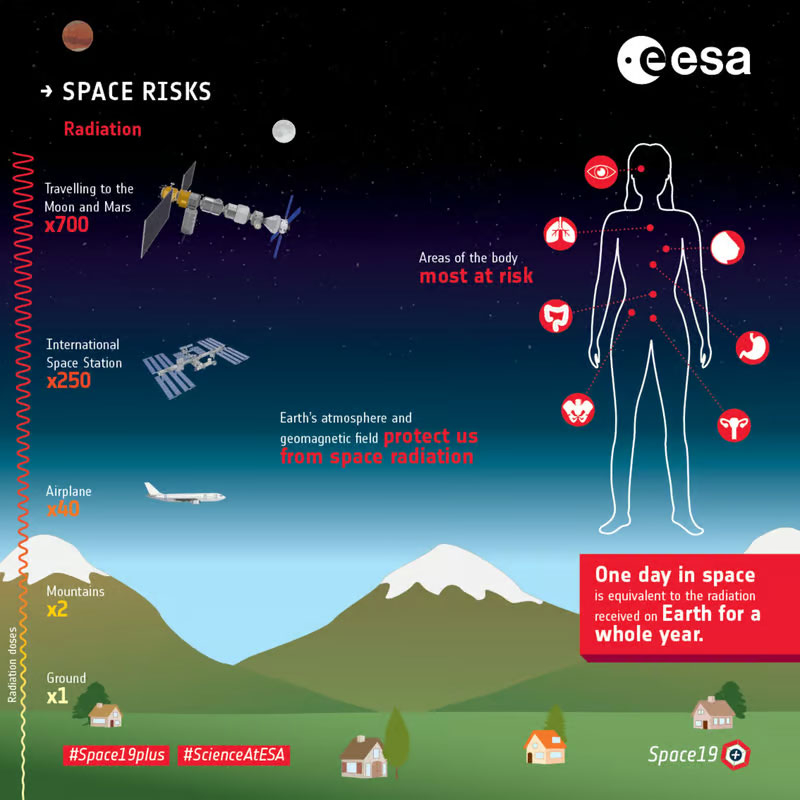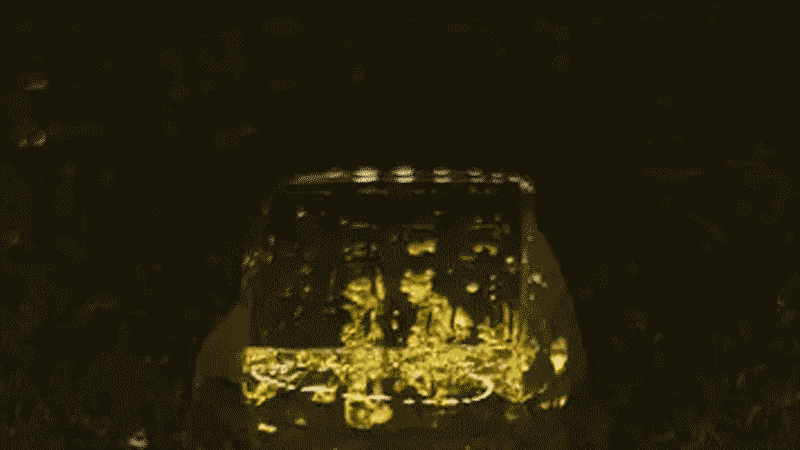The Earth’s magnetic field reliably protects life on the planet from space radiation. But the farther from the planet, the more X-rays a traveler will receive. The radiation dose for one day on the ISS is equal to the annual dose on the Earth’s surface. It’s even worse on flights to Mars. Radiation will seriously undermine the health of astronauts. Therefore, many scientists are looking for materials and ways to protect people in space from ionizing radiation, for example, with the help of hydrogel.

Image source: ESA
In many ways, the ideal radiation shield for a spacecraft is ordinary water. Its density and molecular composition with a hydrogen component absorb energetic particles well. But water on board or around the ship is a risk of short circuits and leaks. It would be unpleasant to drown in your own ship on the way to Mars or back. Also, water in zero gravity can have a destabilizing effect on the center of mass of the ship and directly lead to the destruction of the shell if it suddenly starts splashing around inside the anti-radiation shield.

Fortunately, scientists have already learned to enclose water in reliable shells — these are all kinds of hydrogels, which are widely used in medicine and industry. Researchers from the Department of Chemistry, Polymers and Biomaterials at the Belgian University of Ghent have conducted a deep analysis of an improved superabsorbent polymer (SAP), which can expand hundreds of times during the process of absorbing water. In combination with 3D printing, the polymer opens the way to the industrial production of anti-radiation screens for ships and even spacesuits.

«“There is an ongoing search for lightweight materials to protect against radiation,” the scientists explain. “In our research, we have successfully demonstrated that hydrogels are safe for use in space conditions. In this follow-up project, we are using various technologies to give the material a three-dimensional structure and to scale up the manufacturing process so that we can move one step closer to production.”